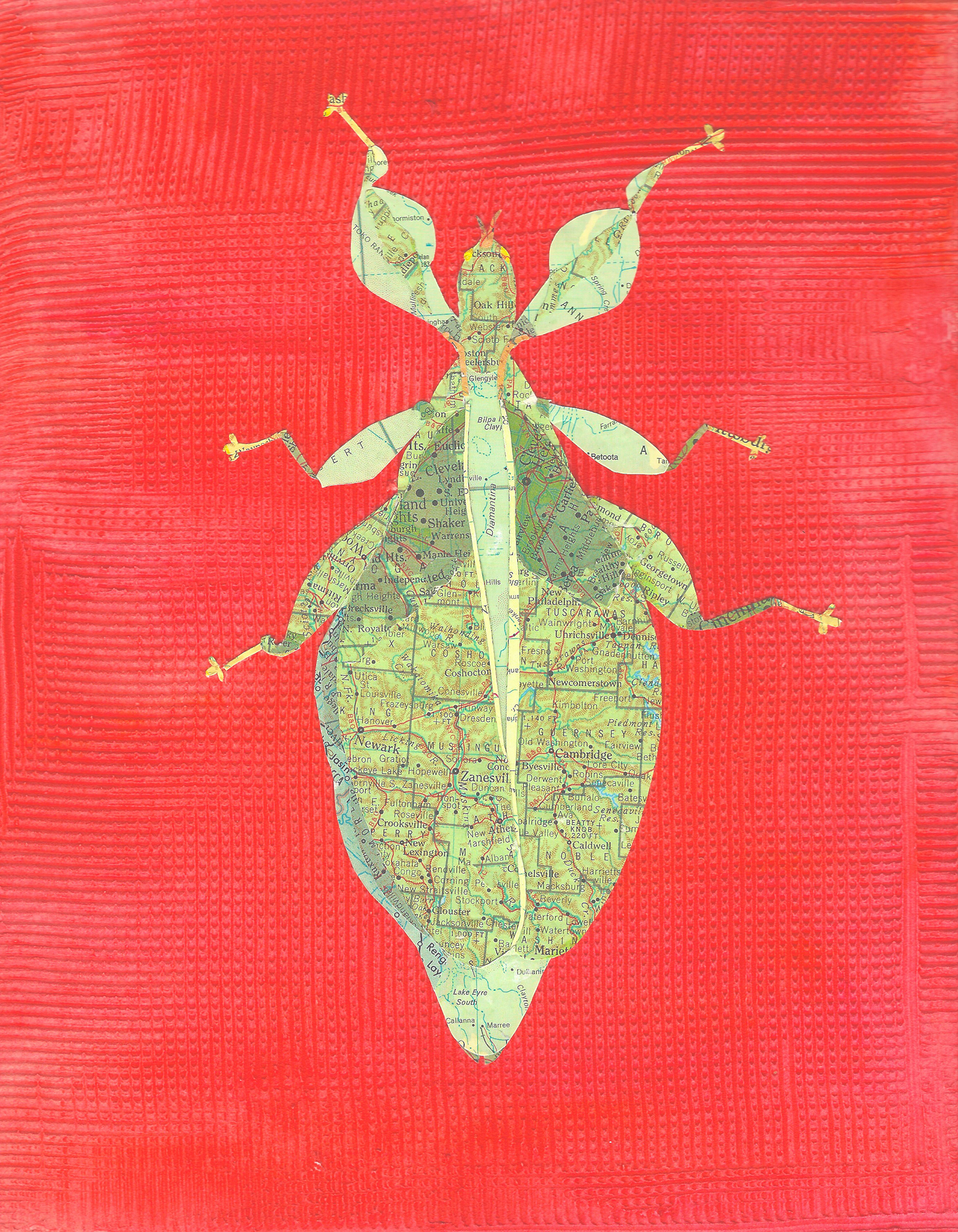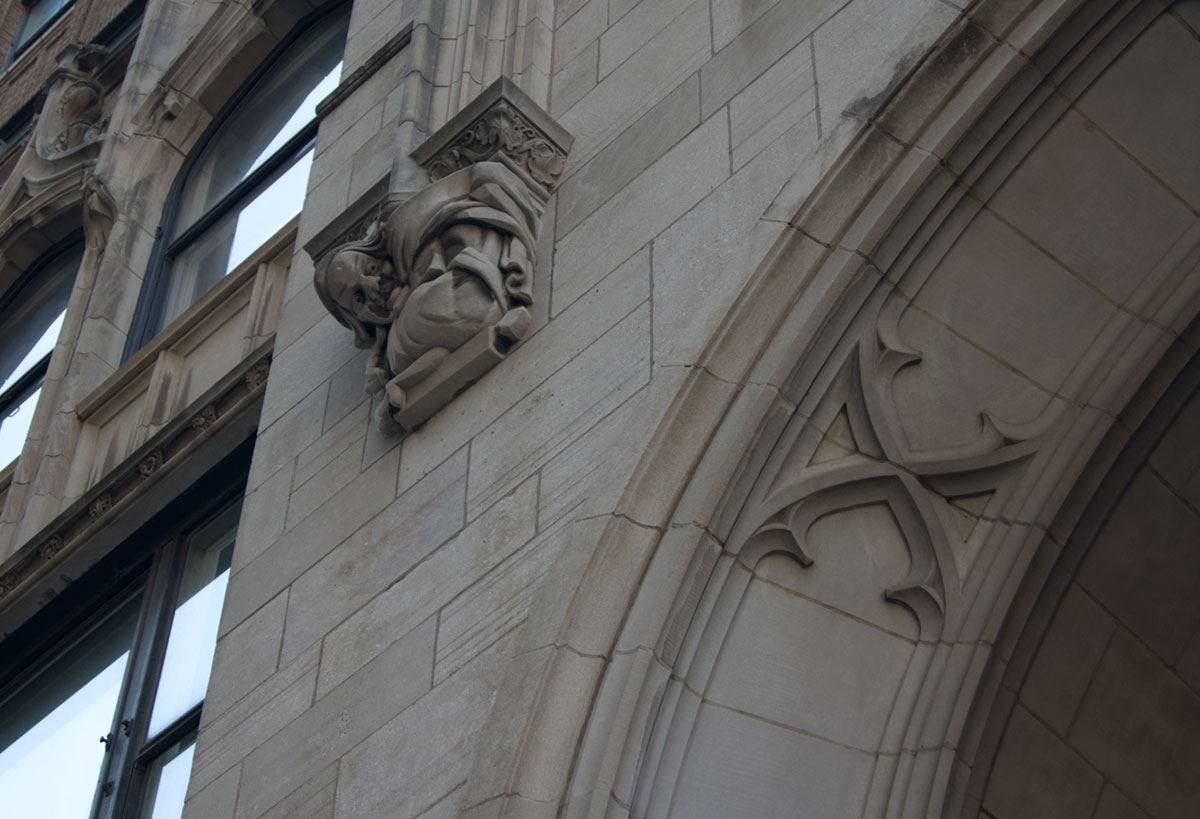We left the Smoky Mountains to visit with friends Alex and David Bennet at the Mountain Quest Institute near Frost, West Virginia.
In this majestic landscape, I ventured to visit the wonderful and impressive horses on the grounds of the Institute.
© 2017 Louise Levergneux, waiting and ready for a photo
© 2017 Louise Levergneux, finally the correct shot
© 2017 Louise Levergneux, thanks for the photo
As I walked the land, I noticed silver threads of a cob web in the corner of a fence produced by the sun’s rays and a yellow-coloured fly sitting for a photograph. Do you recognize this fly? Is it native to West Virginia?
© 2017 Louise Levergneux
Insects as a subject never attracted me till my project Outside the Studio. I incorporated a few bees and beetles and enjoyed catching butterflies fluttering about with my camera.
Libby Barrett’s books capture my attention as I write this post. Libby lives and works in Maine and is often inspired by insects. Many of her book ideas offer possibilities for unusual interpretations.
Libby expresses her love for puns and interest in invertebrates in her artists’ book Web Site. This book is a whimsical interpretation of the theme of an exhibition entitled Spineless Wonders presented at the University of Southern Maine. The four-sided drop box holds an origami spider who's waiting for dinner.
© 2009 Libby Barrett, Web Site
There in the corner, or under the stair,
behind the bookcase, or most anywhere anywhere
waiting........
Silken thread woven, the vigil begins
hoping that dinner will be captured therein
waiting.......
The web trembles, dinner has arrived
On today's menu, bluebottle fly
For the same show, Libby published an artists’ book entitled Coleoptera. The specimen box is full of little books about beetles. The illustrations are a combination of watercolour and coloured pencil. Each shell swivels to reveal information about the particular beetle illustrated or about beetles in general, and each book is secured in the box with a pin.
© 2009 Libby Barrett, Coleoptera
© 2009 Libby Barrett, Coleoptera
© 2009 Libby Barrett, Coleoptera
Libby’s latest book Travel Bugs incorporates a series of collages of beetles for which she uses old maps and atlases as collage material.
© 2017 Libby Barrett, Travel Bugs
© 2017 Libby Barrett, Travel Bugs
© 2017 Libby Barrett, Travel Bugs, detail
This book produced for a group exhibit where the only guideline was that the book structure had to be based on the accordion structure. I decided to stay with the basic structure and use images of my travel bugs as the subject matter. I wish that I could say that the cover paper was my design, but it came from my stash of purchased paper. I chose it because it made me think of the meandering path a bug might take.
Watch your environment and see what surrounds you. Let me know what inspires you from the world’s details.
Comment Note: I would love to respond to the comments I receive. Unfortunately, Squarespace does not provide the name of the commenter and no way for me to respond, unless I respond to the comment directly on the blog. I would love to reciprocate your time and comment on my last blog post--please end your comment with email address or name. Thanks for your comments, please continue!








































































